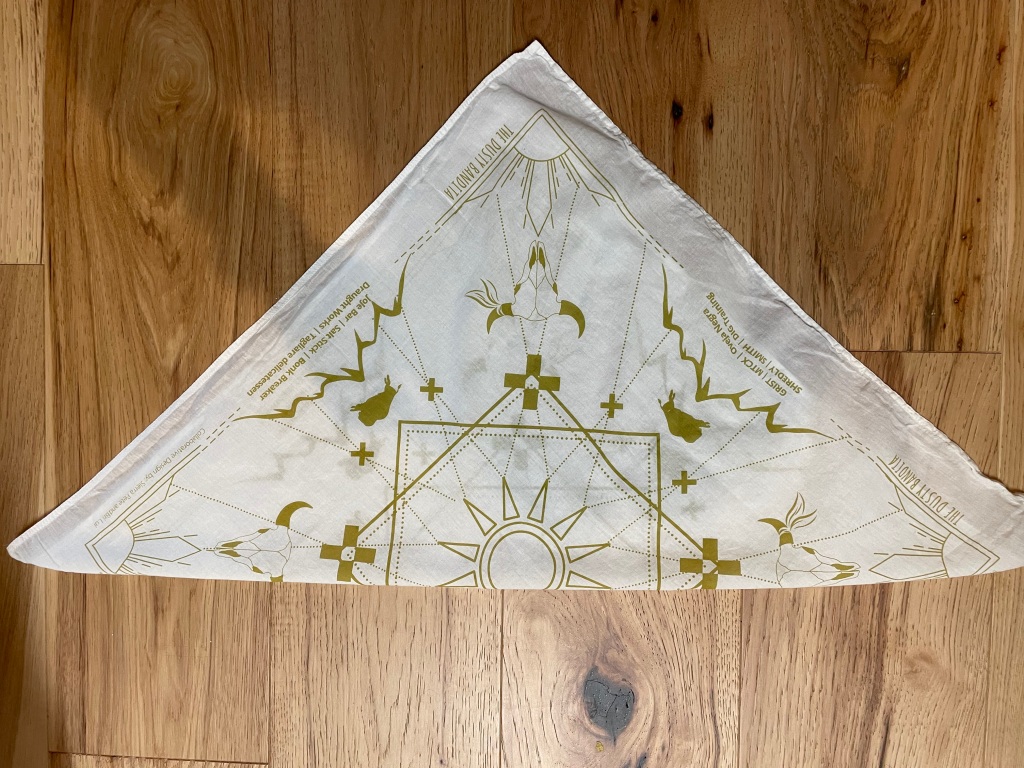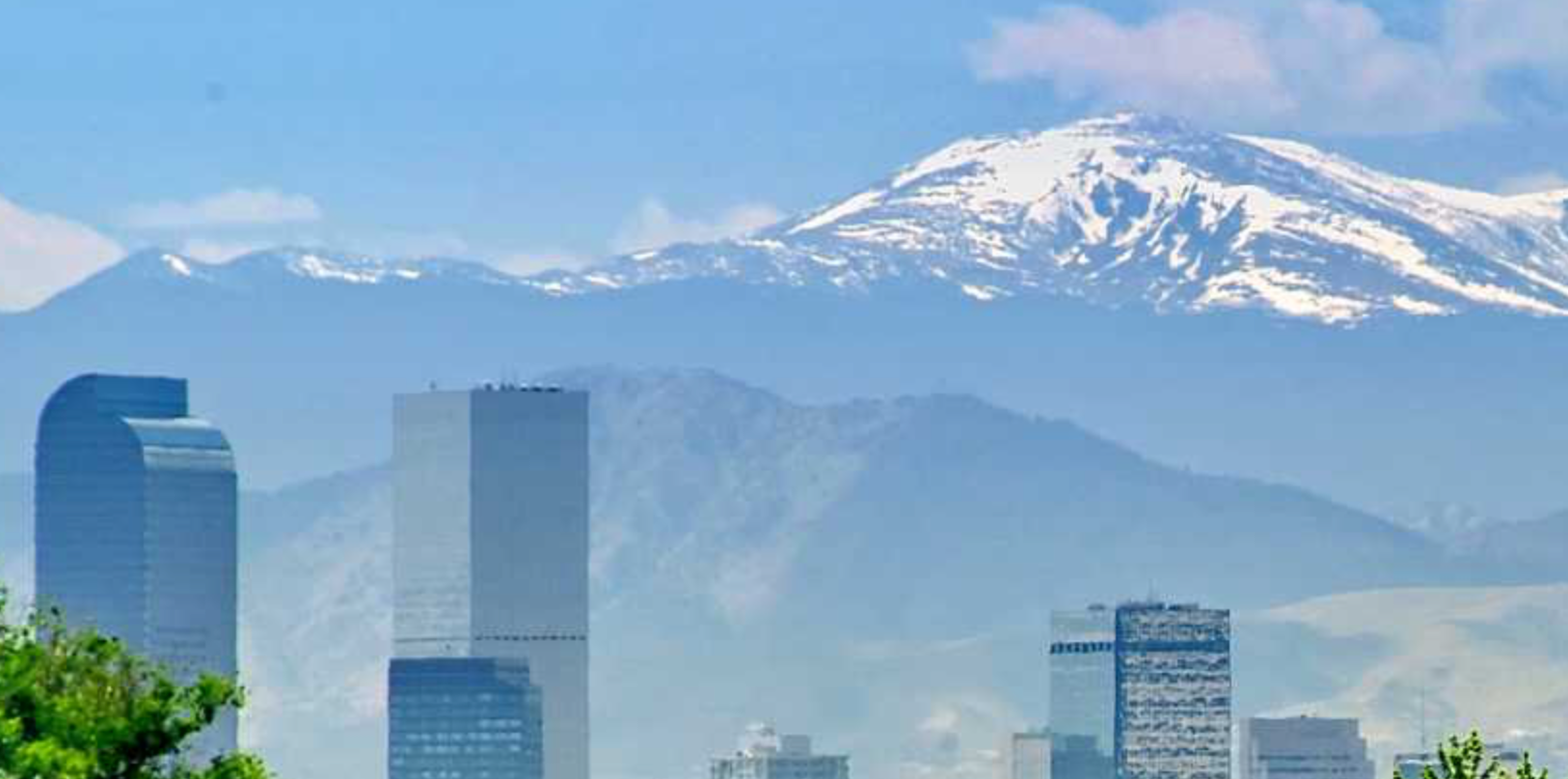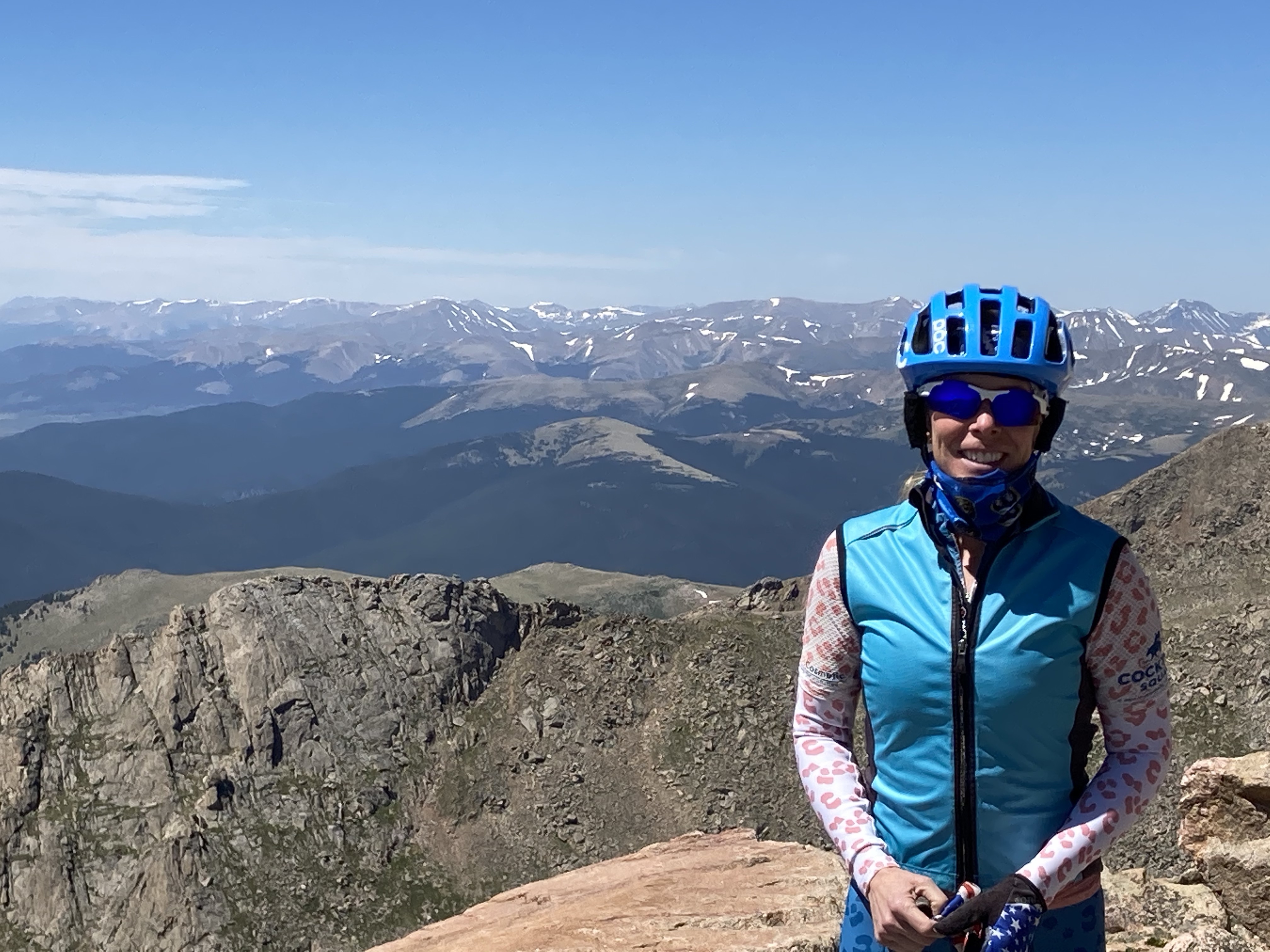A trip to ride through vineyards in Tuscany was initially suggested. Yet we found ourselves in remote Montana on a chilly, overcast Saturday morning in the company of bacon, bears, and bikes. How did we get here? When did this all start?
It all started back in 2010, when life forces a person to shift gears and adapt to what remains; in other words, life has a way of bringing people together. The biking part of it all started back in 2016, when two cousins decided to take a bike ride through Yellowstone National Park. We had pledged back in 2016 to make the get together an annual, or biannual, event at the least. Then life got in the way, including a pandemic, so we never had another adventure… until 2023.

As we prepared for departure to Ovando the next morning, there was a lot of discussion about bacon. Not only did we have bacon for breakfast, but KMax decided that bacon would be her snack of choice during the Dusty Bandita. She also decided that having bacon loaded jersey pockets, warranted a bike bell, to alert the grizzly bears that she was coming… in case they couldn’t already smell the bacon. It was at this moment I knew the grizzly bears were not a concern for me. I just had to be faster than KMax. So we left Bozeman with a cooler full of bacon, stopped in Helena to pick up a bike bell (and see Aunt MJ), and headed to Ovando for packet pickup. The further north and west we went, the harder it rained. We opted to stay near Seeley Lake on Friday night, which was about a 40 minute drive from Ovando with the road construction.
On Saturday morning, we arrived in Ovando about 45 minutes before the race started at 10:00 AM. The skies were gray, and eventually let go with a steady but light rain. I had somehow managed to leave most of my cold weather riding gear back in Denver. I’m still a little puzzled by how that happened, but I think my intention was to go back and add it to the gear bag, but I forgot to circle back. (Rookie move!) There was some discussion about abandoning the race and going over to Flathead Lake instead. But we decided that we had to at least give the race a chance and ride for a few miles before completely abandoning it. Besides, I didn’t drive all that way with bike gear, to not use it!


The first couple of miles were sloppy as the rain continued its steady descent onto the dirt road. But within 5 miles or so, it tapered off and we were left with decent temperatures under overcast skies. It ended up being perfect riding weather: not too hot, not too cold, just right! This picture shows the two of us at the first aid station, snacking on bacon, and other tasty and salty treats! This was a fairly remote section of the race and if there were bears to be seen, this would have been a place to see them. Alas, the only sign of bears that day was the huge pile of scat on the road. The aid station was at the base of the climb, and this is where KMax and I split up to ride at our own paces.
All the moisture over the winter left behind meadows bursting with wild flowers and green prairie grasses. I had to stop several times to take it all in, and some pictures! Our parade most certainly got rained on that day, but there was no shortage of smiles and laughter. Oh, and we still went Flathead Lake anyway!





































 It is one of Colorado’s iconic 14ers. 14ers are peaks whose summits are at or above 14,000 feet above sea level. Colorado is home to 53 such peaks. Construction on Colorado Highway 5 began back in July of 1923. After about eight years of construction, the road opened to the public. The road is about 14 miles long and begins at an elevation of 10,600 feet at Echo Lake. It winds through the Arapahoe National forest with trees 900 – 2,000 years old. Beautiful scenery of alpine lakes, the continental divide, wild flowers and wild life abound.
It is one of Colorado’s iconic 14ers. 14ers are peaks whose summits are at or above 14,000 feet above sea level. Colorado is home to 53 such peaks. Construction on Colorado Highway 5 began back in July of 1923. After about eight years of construction, the road opened to the public. The road is about 14 miles long and begins at an elevation of 10,600 feet at Echo Lake. It winds through the Arapahoe National forest with trees 900 – 2,000 years old. Beautiful scenery of alpine lakes, the continental divide, wild flowers and wild life abound. 





 contemplating leaving. His response was that it would be just as hard for everyone else as it would be for me. As I pinned the number to my jersey, I thought to myself that I’ll just ride it; then I won’t have any expectations nor disappointment about how I finish. Then we got a FaceTime call from our daughter who we hadn’t spoken to in a couple of days. It proved to be the perfect distraction. When we hung up, I had only about 30 minutes before the start time to pedal around and half-heartedly warm-up. Besides, who needs to warm-up for ride??
contemplating leaving. His response was that it would be just as hard for everyone else as it would be for me. As I pinned the number to my jersey, I thought to myself that I’ll just ride it; then I won’t have any expectations nor disappointment about how I finish. Then we got a FaceTime call from our daughter who we hadn’t spoken to in a couple of days. It proved to be the perfect distraction. When we hung up, I had only about 30 minutes before the start time to pedal around and half-heartedly warm-up. Besides, who needs to warm-up for ride??

